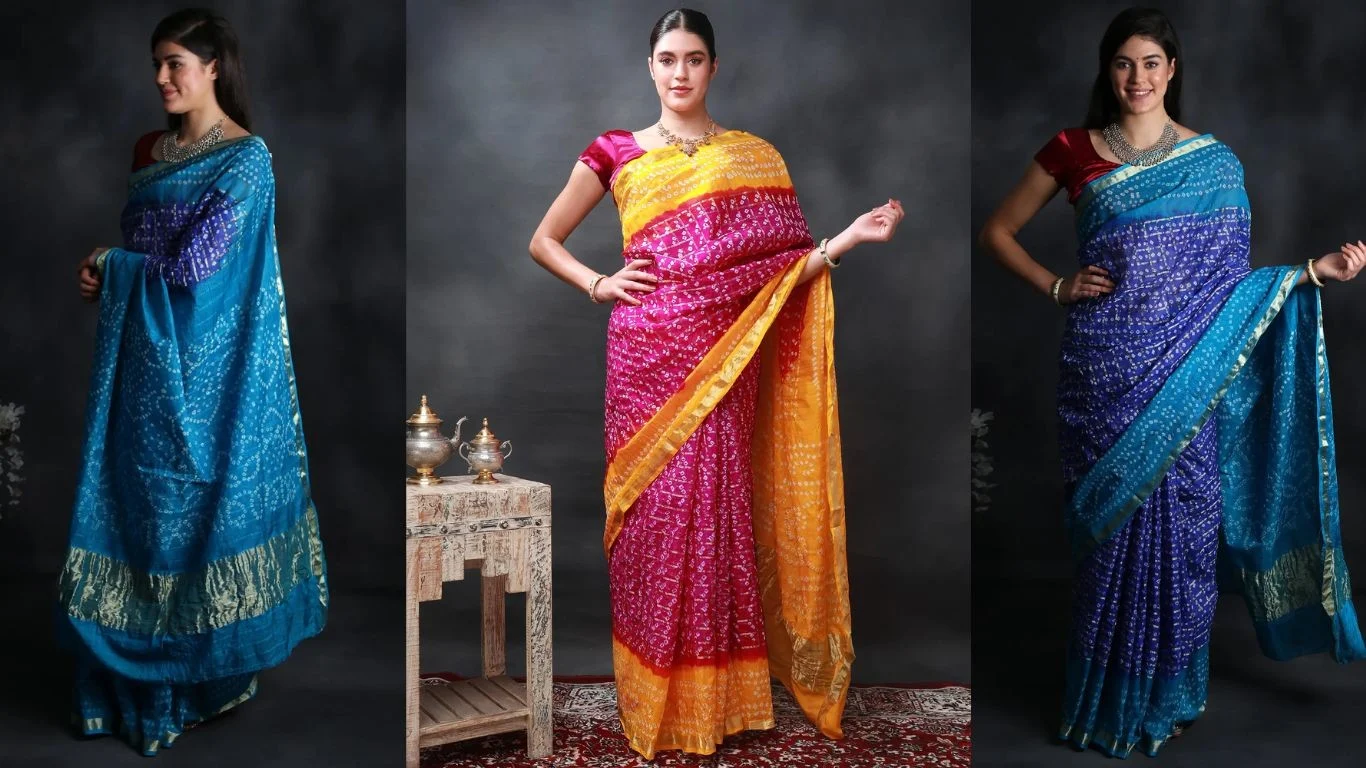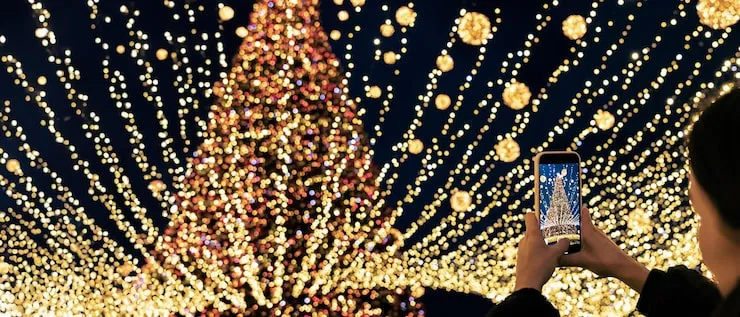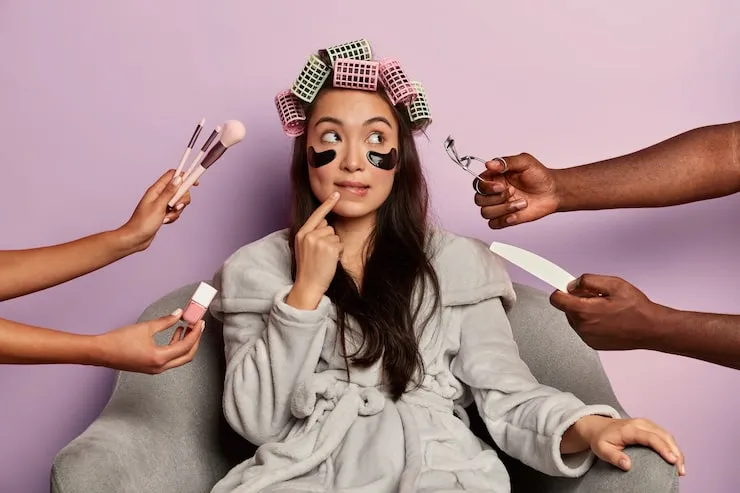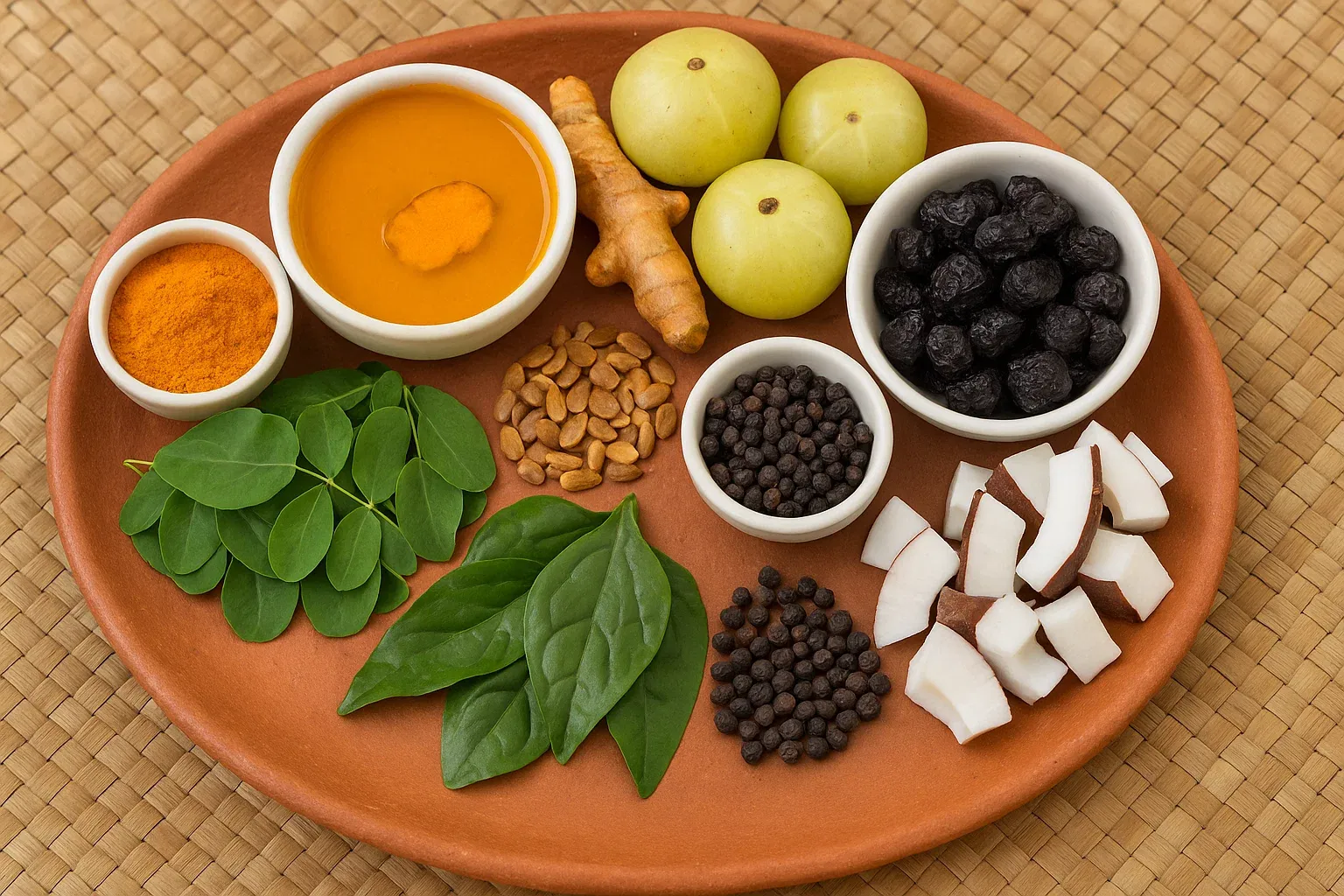Bandhani is a special type of tie-dye print that comes from Rajasthan, a colorful state in India. This art form is not just about making pretty patterns; it has a rich history and is loved by many people. In this article, we’ll explore what Bandhani is, how it’s made, and why it’s so popular. We’ll also answer some common questions about this beautiful craft.
What is Bandhani?
Bandhani is a traditional tie-dye technique that creates beautiful patterns on fabric. The word "Bandhani" comes from the Hindi word "bandhna," which means "to tie." In this process, small sections of fabric are tied tightly with thread before dyeing. When the fabric is dyed, the tied areas resist the color, creating unique patterns.
Why is Bandhani Special?
-
Unique Patterns: Each piece of Bandhani fabric is one-of-a-kind. The way the fabric is tied and dyed means that no two pieces will look exactly the same. This makes Bandhani very special and unique.
-
Cultural Significance: Bandhani is not just a fashion statement; it has deep roots in Rajasthani culture. It is often worn during festivals, weddings, and other celebrations.
-
Vibrant Colors: Bandhani fabrics are known for their bright and cheerful colors. You can find Bandhani in shades of red, yellow, green, blue, and many more. These colors add a festive touch to any outfit.
How is Bandhani Made?

The process of making Bandhani is quite interesting. Here’s a simple breakdown of how it’s done:
1. Choosing the Fabric
The first step is to choose the right fabric. Bandhani is usually made on cotton or silk. Cotton is great for everyday wear, while silk is often used for special occasions.
2. Tying the Fabric
Next, the fabric is tied in small sections using thread. This is done by pinching the fabric and tying it tightly. The tighter the fabric is tied, the more defined the patterns will be.
3. Dyeing the Fabric
After tying, the fabric is dyed in colorful dyes. The tied areas will resist the dye, creating beautiful patterns. The fabric can be dyed multiple times to create more complex designs.
4. Drying and Unraveling
Once the dyeing is done, the fabric is dried. After it’s dry, the tied sections are carefully untied to reveal the stunning patterns.
5. Finishing Touches
Finally, the fabric is washed to remove any excess dye and then ironed to make it smooth. Now, it’s ready to be made into beautiful clothes, scarves, or home decor items!
Types of Bandhani Patterns
Bandhani comes in many different patterns. Here are a few popular ones:
-
Chandrakala: This pattern looks like a moon and is often used in traditional wear.
-
Bavan Baug: This design has 52 small dots and is very popular for sarees.
-
Shikari: This pattern resembles a hunting scene and is often used in festive clothing.
-
Khat: This design has a zigzag pattern and is very eye-catching.
How to Wear Bandhani
Bandhani can be worn in many ways. Here are some ideas:
1. Sarees
Bandhani sarees are very popular, especially for weddings and festivals. They look beautiful and are often paired with traditional jewelry.
2. Dupattas
A Bandhani dupatta can add a pop of color to any outfit. You can wear it with a simple kurta or even with western outfits.
3. Tops and Dresses
Many designers create modern tops and dresses using Bandhani fabric. These outfits are stylish and perfect for casual outings.
4. Home Decor
Bandhani can also be used in home decor. You can find Bandhani cushion covers, curtains, and tablecloths that add a vibrant touch to your home.
FAQs
1. Where does Bandhani come from?
Bandhani comes from Rajasthan, India. It is a traditional craft that has been passed down through generations.
2. Is Bandhani only for women?
No! While Bandhani is often used in women’s clothing, men can also wear Bandhani turbans or shawls.
3. How do I care for Bandhani fabric?
To care for Bandhani, wash it gently in cold water. Avoid using harsh detergents, and hang it to dry in the shade to keep the colors bright.













